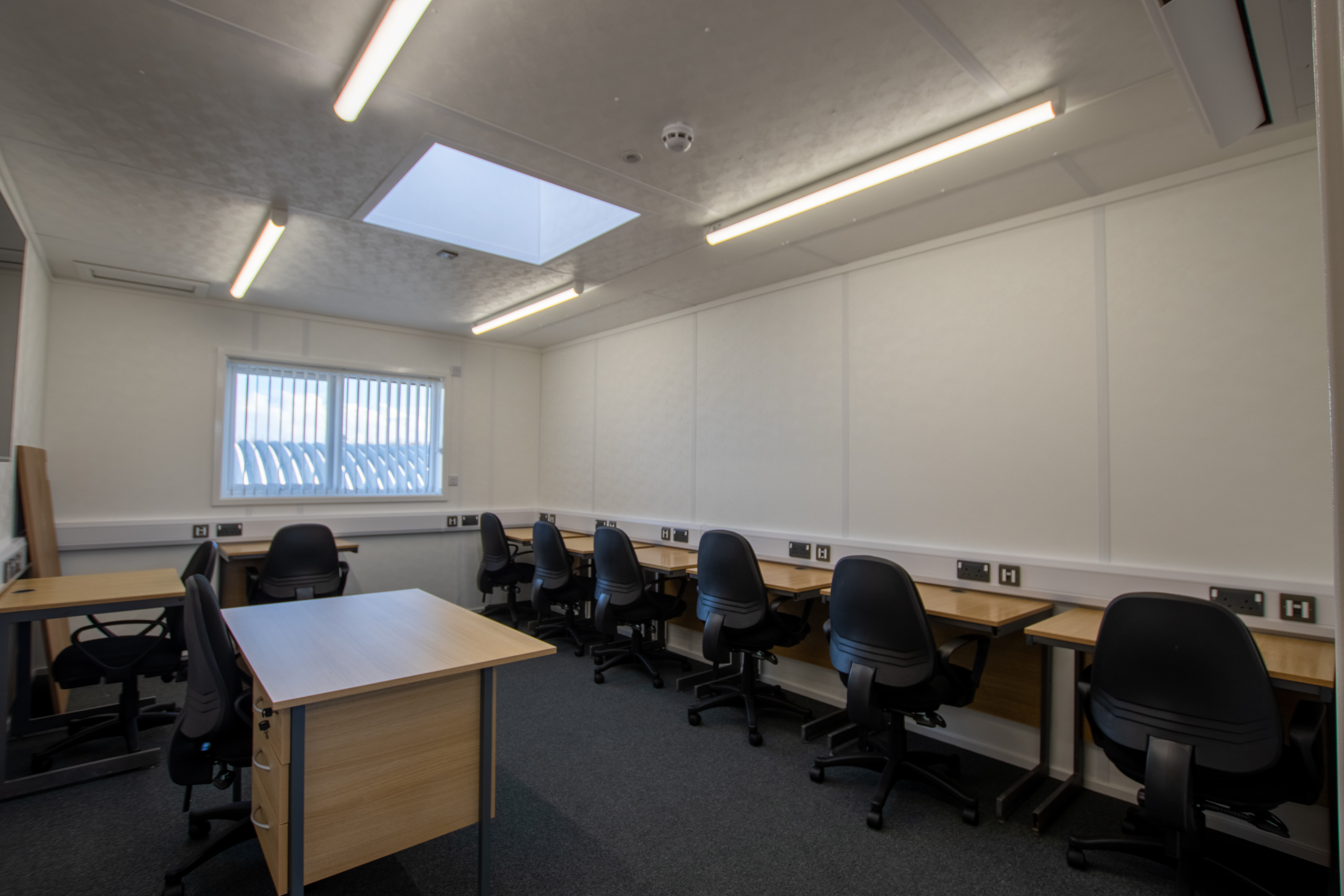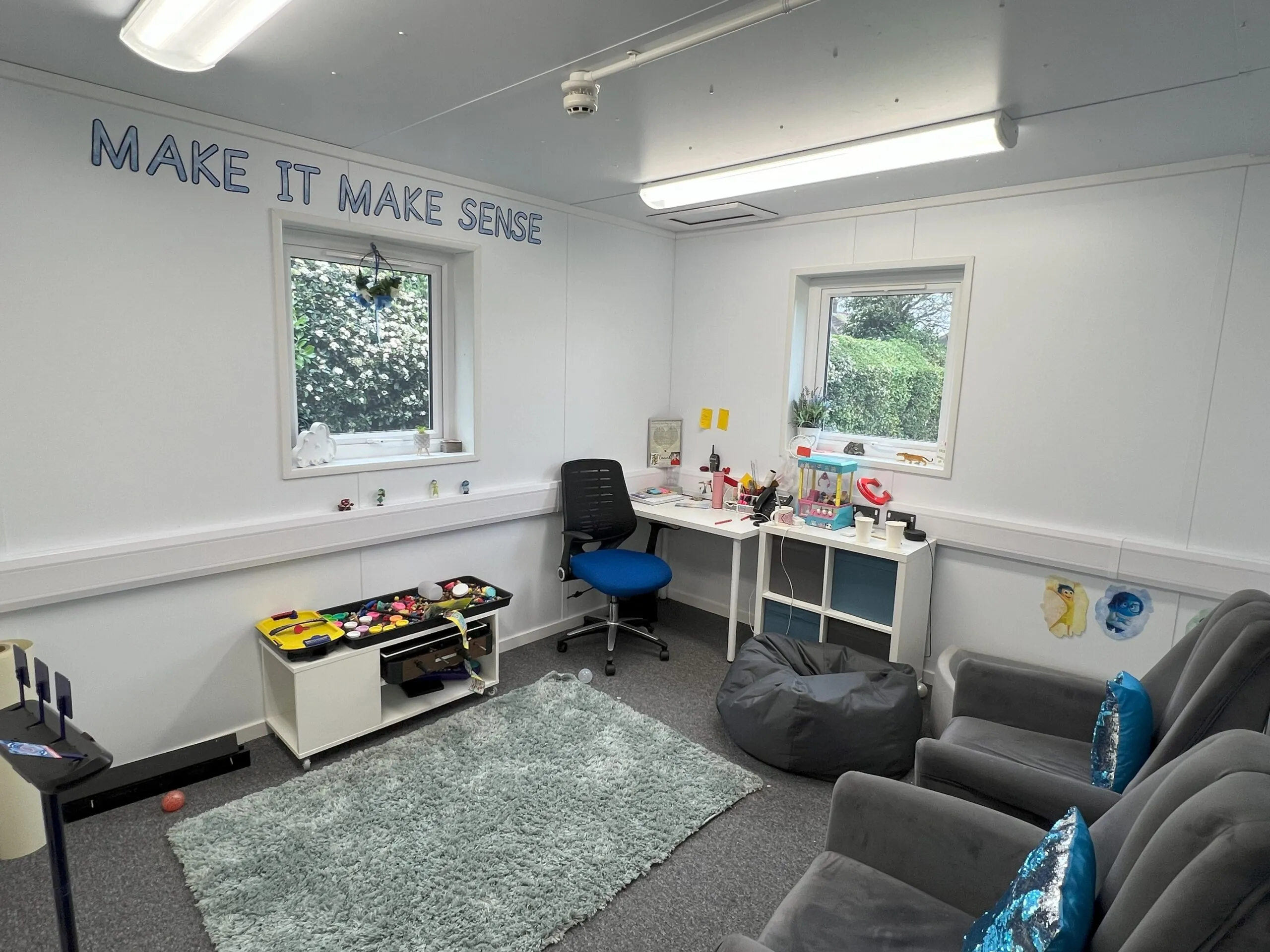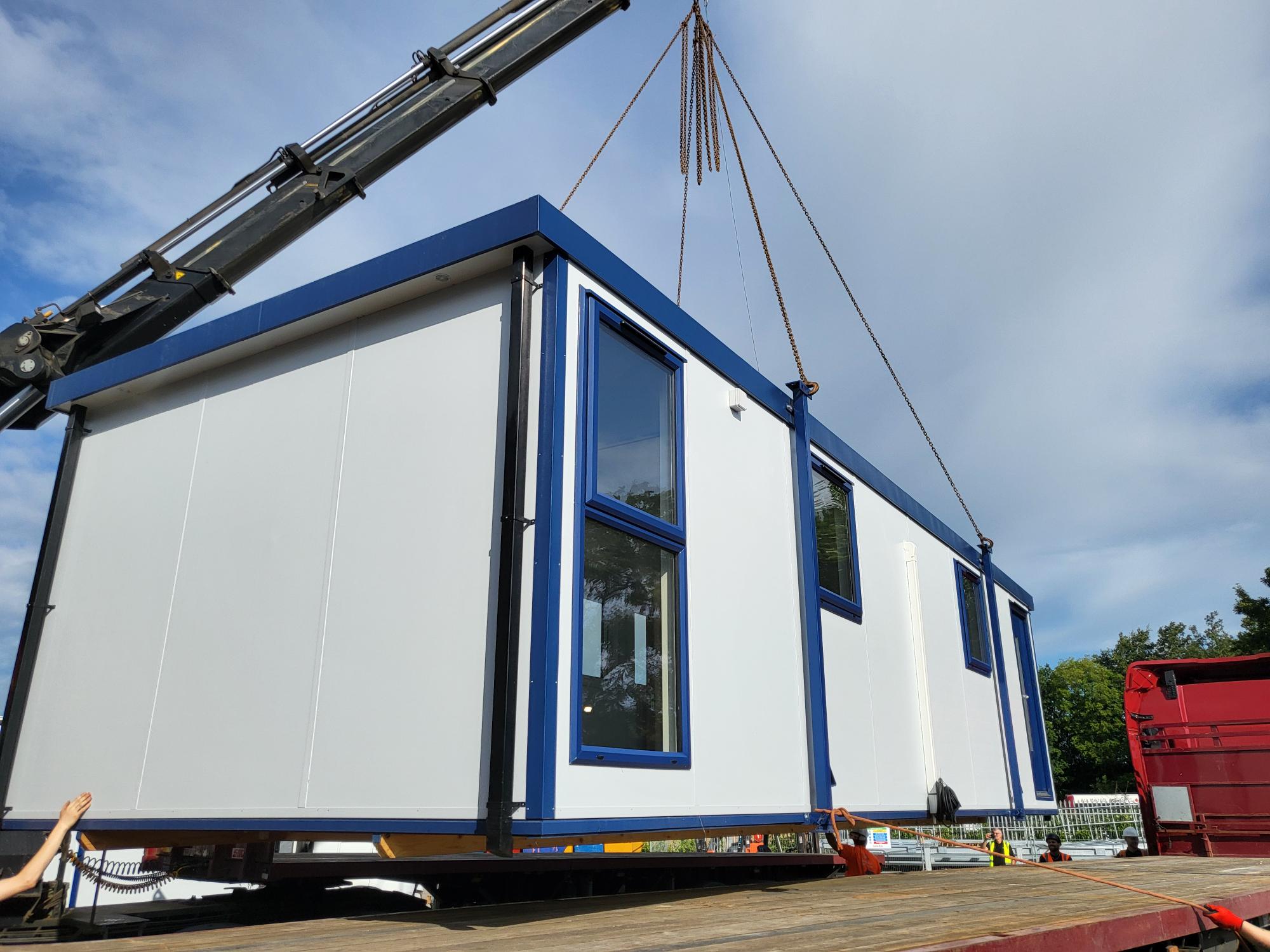Portable office buildings have become an essential solution for many UK industries. From construction sites needing temporary project hubs to schools adding extra classroom space, the flexibility and practicality of portable buildings make them a versatile choice. If you're looking for a way to create a functional, comfortable, and professional workspace without the hassle of a traditional build, a portable office could be exactly what you need.
In this guide, we'll walk you through the key considerations, benefits, and possibilities so you can choose the perfect portable office for your business.
Portable office buildings offer a combination of practicality and efficiency that's hard to match. They can be delivered and installed quickly, making them ideal when you need extra space in a short timeframe.
Some of the key benefits include:
Speed – Rapid delivery and installation mean you can be operational within days rather than months.
Cost-effectiveness – A portable office is often more affordable than a permanent build, both in initial cost and ongoing maintenance. There's no need for large-scale construction work, and you save on downtime.
Flexibility – If your needs change, you can relocate or reconfigure the building with ease. This is particularly valuable for businesses working on multiple sites throughout the year.
Minimal disruption – Construction work is kept to a minimum, so your site or premises can carry on with business as usual.
Sustainability – Many portable buildings are built with recyclable materials and can be reused for multiple purposes over their lifespan, making them an environmentally responsible choice.
Space optimisation – Portable offices can make use of otherwise unused land, such as spare yard space or unused car park areas.
Whether you need a temporary base for a project or a semi-permanent office solution, portable buildings provide the versatility to adapt as your business grows and changes.

When selecting a portable office, size and layout are two of the most important factors. Start by assessing how the space will be used on a day-to-day basis:
Staff numbers – How many people need to work in the office at once?
Meeting space – Will you need a dedicated meeting room for clients or team discussions?
Storage – Will you store files, tools, or specialist equipment inside the building?
Break areas – Do you want to include a kitchenette or rest space?
Growth potential – Consider whether your team is likely to expand. It's often better to allow for extra capacity from the outset.
Multi-purpose use – Some businesses design portable offices to function as both an admin hub and a staff welfare unit, combining desk space with rest facilities.
Remember, a portable office doesn't need to be a single open-plan space. Many portable office buildings can be divided into multiple rooms or zones to suit your workflow. Thinking ahead about these details will help you choose a building that works for you now and into the future.
One of the best things about modern portable buildings is the level of customisation available. You're not restricted to a plain box – you can create a space that's comfortable, efficient, and tailored to your business.
Customisation options might include:
Internal fittings – From desks and shelving to partitions and built-in storage.
Climate control – Heating, cooling, and ventilation to ensure year-round comfort.
Lighting and electrics – LED lighting, power points, and data cabling for a fully functional workspace.
Accessibility – Ramps, wide doors, and accessible toilets where needed.
Branding – External colours and signage that reflect your company's image.
Different sectors have specific requirements for their portable offices. Portable buildings are versatile enough to become whatever your sector needs. Sector-specific fit-out examples include:
Construction: Rugged flooring, lockable storage, and whiteboards for site planning.
Education: Partitioned teaching areas, noticeboards, and bright, inviting interiors.
Events: Branded frontage, ticket counters, and secure cash handling areas.
Healthcare: Clinical-grade surfaces, handwashing stations, and private consultation rooms.
By investing in the right features from the start, your portable office can be every bit as professional and practical as a traditional building.

Portable office buildings are used across a huge range of industries. Here are just a few examples to inspire ideas for your own setup:
Construction – Site offices for project management, health and safety briefings, and storage of sensitive documents. Having an on-site hub means managers are always close to the action and can respond quickly to challenges.
Education – Extra classrooms, administrative spaces, or exam rooms during busy periods. They can also be used for temporary libraries or IT suites during refurbishments.
Healthcare – Temporary consultation rooms, testing facilities, or vaccination centres, enabling services to expand without building permanent structures.
Events and Festivals – Ticket offices, staff areas, and media centres for short-term events. Portable offices can also serve as security control rooms.
Retail – Seasonal pop-up offices or staff spaces during peak trading, such as Christmas or summer sales periods.
Manufacturing and Warehousing – On-site management offices close to the production floor, improving communication between office and operations teams.
By considering how different sectors make use of portable offices, you may spot opportunities to improve the way your business operates.
Before you reach the installation stage, it's worth taking the time to plan your purchase carefully. While portable buildings can be easily reconfigured, planning helps avoid costly changes later and ensures you get a building that works for you from day one.
Key points to consider:
Budgeting – Factor in the cost of delivery, installation, and any internal fit-out work in addition to the base price of the portable building.
Lead times – Allow for manufacturing or modification time if you're ordering a customised unit.
Future expansion – If your business is likely to grow, choose a design that can be extended or linked with additional units.
Compliance – Check any relevant regulations, such as planning permission requirements or site-specific safety standards.
A little extra planning at this stage can save time, money, and stress later.
When you order a portable office from GCS Group, the process is straightforward. Still, there are a few things to consider to make the installation smooth and stress-free:
Site preparation – Ensure the ground is level, stable, and accessible for delivery vehicles. If required, GCS Group can advise on groundwork.
Access routes – Check that there's enough space for the building to be delivered and positioned, including clearance for cranes or lorries.
Utility connections – If your office needs power, water, or internet, arrange these in advance so you can start using the space immediately.
Health and safety – Make sure the delivery and installation process is planned with safety in mind, especially on active sites.
Timescales – Portable buildings are quick to install, but planning ahead ensures your timeline stays on track and avoids costly delays.

Portable office buildings are built to last, but regular maintenance will keep them in top condition for years to come.
Check the structure regularly – Look for signs of damage, leaks, or loose fittings and address them promptly.
Protect against the elements – Ensure seals around doors and windows remain intact to prevent water ingress and heat loss.
Keep it clean – Regular cleaning inside and out will maintain a professional appearance and help identify any issues early.
Service systems – Heating, cooling, and electrical systems should be inspected periodically to ensure safe, efficient operation.
Maintain resale value – A well-cared-for portable office retains its value, making it easier to resell, relocate, or repurpose in future.
By putting simple maintenance routines in place, you can extend the life of your portable building and get the maximum return on your investment.
Portable office buildings offer a practical, cost-effective, and flexible way to create the workspace you need - wherever and whenever you need it. By thinking carefully about size, layout, customisation, and installation, you can ensure your portable office meets your needs perfectly.
At GCS Group, we supply high-quality portable buildings to businesses across the UK, with fast delivery, expert installation, and options tailored to your requirements. Whether you need a temporary site office, an additional workspace, or a sector-specific setup, we can help you make it happen.
Contact GCS Group today to discuss your perfect portable office and get a quote. Your ideal workspace could be ready sooner than you think.